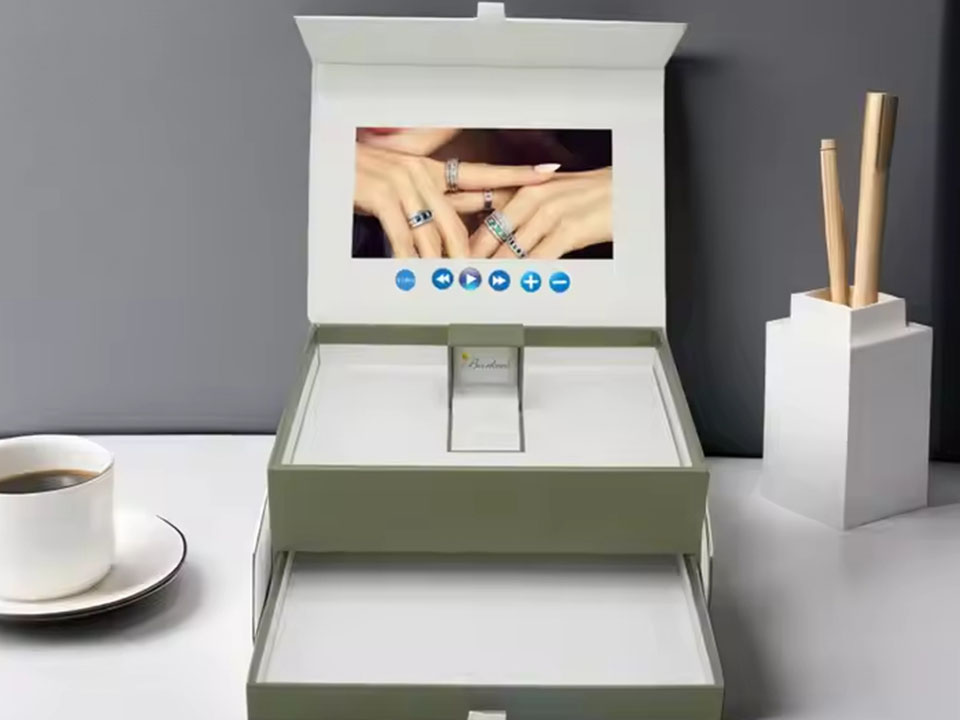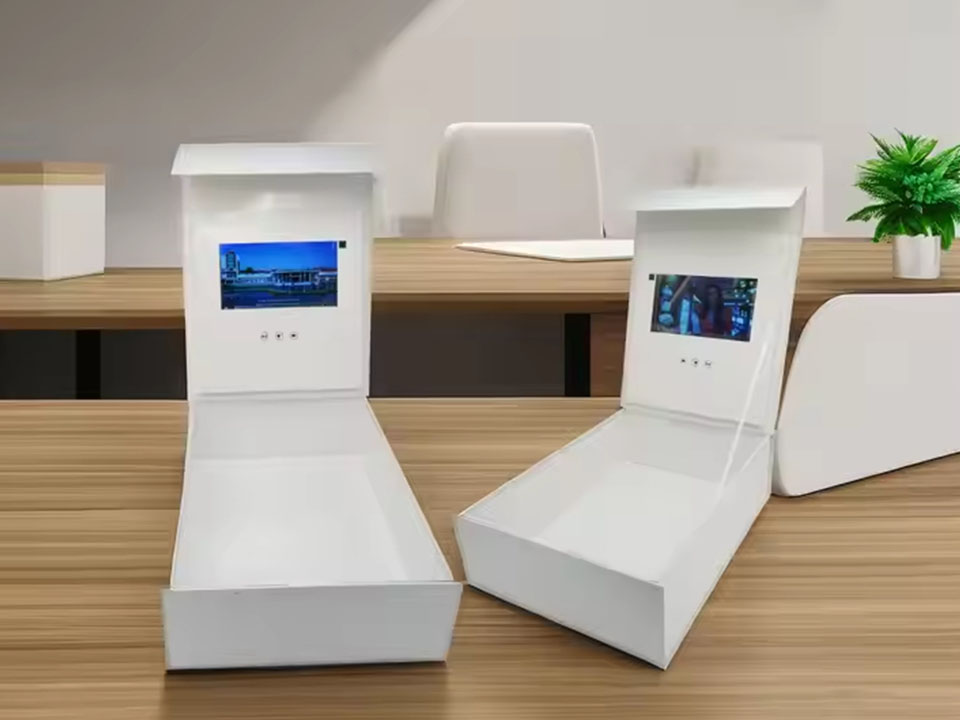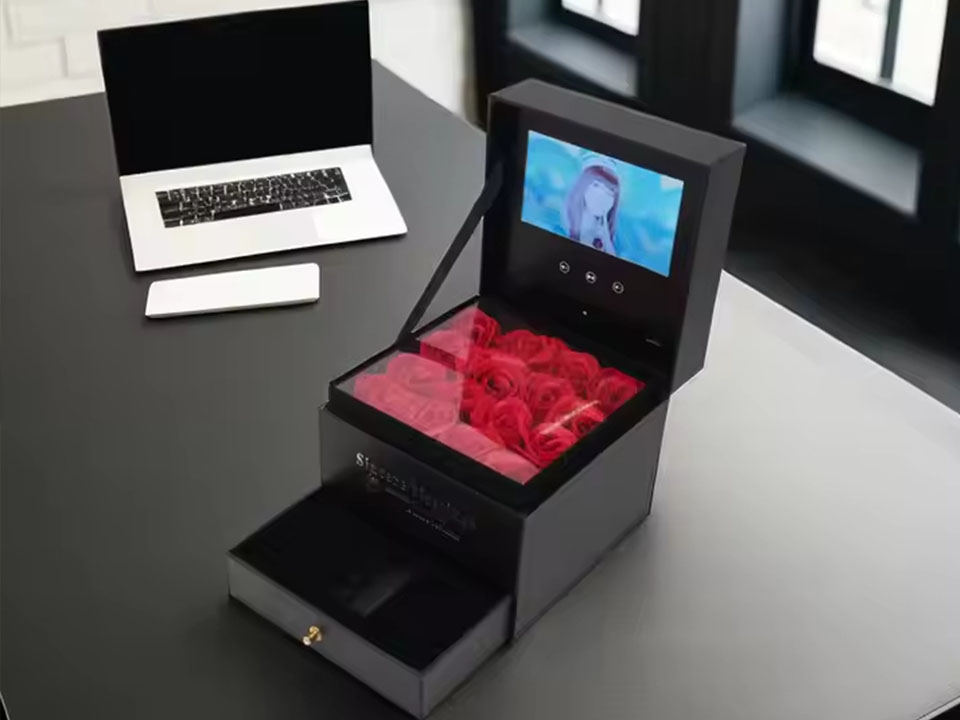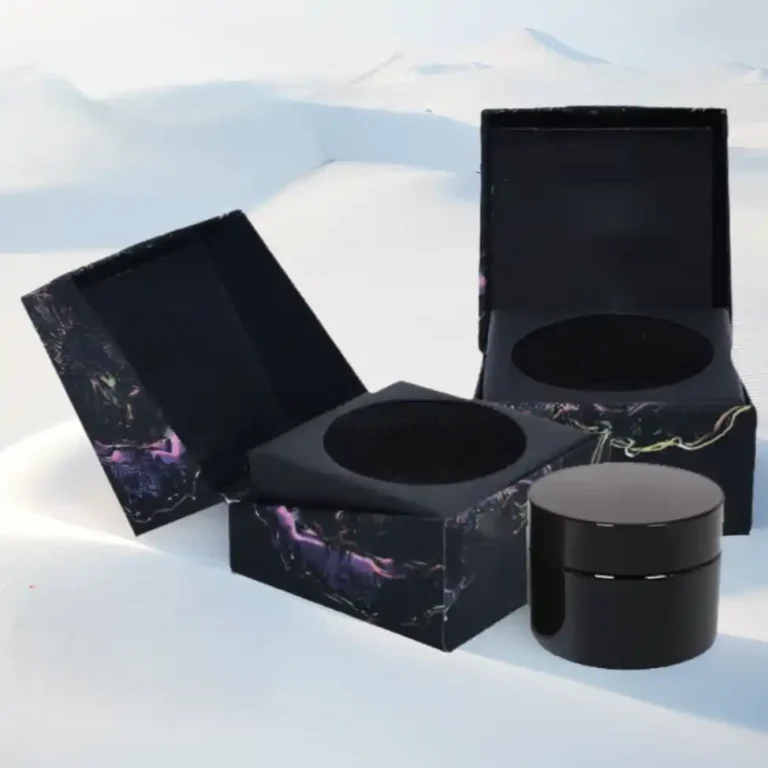The Importance Of the Gift Box
I’m a gift box. Not just a box… a tiny stage. A first handshake. A storyteller that whispers before the lid even lifts. People think I’m only paper and glue—cute, but expendable. But I know different. When I show up dressed right, I change how a product feels, what it says, where it ends up, and sometimes even who it becomes to someone. Sounds dramatic? Maybe a little. But that’s kinda my job.
Table of Contents

Why packaging still matters
Walk into any store (or scroll any feed): you’re not just choosing a product—you’re choosing a promise. Packaging is the promise in 3D. It cues quality, safety, care, and yes, a bit of magic. Marketers sometimes say, “the box is the silent sales rep.” Cute phrase, but also true. The right box nudges attention in crowded shelves, upgrades perceived value, and makes the unboxing moment shareable. Even tiny details—magnetic close “snap,” soft-touch lamination, a snug insert—tell the hands what the eyes should believe.
Brands that do this well don’t treat packaging as a last-mile task. They fold it into brand strategy: positioning, segmentation, retail channel goals, sustainability claims, logistics, even post-purchase word-of-mouth. The box is the bridge between brand promise and user memory. packaging isn’t just design; it’s design + operations + emotion. It’s not simple plan, it’s system.
Two winning extremes: maximalist and minimal
In the past few years, I’ve seen two design poles both win:
- The “ultimate colorful” route. Bold palettes, foil accents, holographic films, contrasting textures. Think festival for the senses. When the target demo wants fun (beauty, CPG gifting, seasonal drops), color-forward boxes convert glances into grabs.
- The “extremely simple” route. Clean geometry, restrained palette, one premium material, sparse copy. Luxury loves silence; quiet boxes look expensive without saying so. Minimal works especially well for premium electronics, jewelry, and prestige beauty.
The trick is not choosing a pole randomly but aligning with positioning: who buys, where, and why. Great packaging is a strategy you can hold.

What real buyers say
I live in supply rooms and in living rooms, so I hear things. Browsing community threads over tim:
- A Redditor in r/BuyItForLife described keeping a watch box—not for storage capacity, but because “the packaging made it feel heirloom-y,” so they kept the brand top of mind and later upsold themselves on a strap.
- On Quora, a user explained they gift “mid-range” chocolate but choose it when the box looks boutique; their relatives “assume it’s pricey” and the giver “feels proud.”
- Another Reddit comment in r/Entrepreneur talked about DTC returns shrinking after upgrading to a rigid magnetic box—shoppers felt “it must be well-made if they shipped it like that.”
- A Quora answer I loved: “The box sits on my dresser and reminds me to reorder.” Free, permanent billboard in the home.
Anecdotes aren’t lab data, but they mirror what many brands observe: better boxes change not only acquisition but also retention (display, reuse, gifting-on).
Design choices that pull weight
- Form factor & structure Drawer boxes, shoulder-neck constructions, clamshells, and collapsible rigs all signal different things. Drawers feel boutique and reusable. Shoulder-neck screams couture. Collapsible formats ship flat (ops teams cheer), then assemble strong for shelf presence.
- Closure & haptics That soft “click” of a magnetic lid? It’s Pavlov for premium. Textures—linen paper, soft-touch, embossed grain—make hands slow down, and when hands slow down, value goes up in the mind.
- Insert & protection EVA foam, molded pulp, paperboard nests: the calmer your product sits, the less anxious the buyer feels. Protection is perception.
- Sustainability signals Recyclable boards, soy inks, FSC claims, plastic-free inserts. Beyond compliance, these are identity markers. Even when a consumer can’t recite standards, they recognize honest material choices (they can feel it).
- Print & finishing Foil, spot UV, deboss/emboss, edge painting—used sparingly, they’re like seasoning: not too much, just right. Overdo and it looks try-hard; get it right and you feel “this brand knows itself.”

But… is packaging “just a cost”?
Nope. It’s a lever. I won’t drop exact figures here, but the math many teams run goes beyond unit price: reduced damages, fewer returns, higher AOV, better word-of-mouth, display life, and gifting reuse. And importantly: packaging helps brands avoid costly mispositioning—entering a market under-dressed (or over-dressed) can silently eat the whole launch. Right box, right market, right moment.
The psychology you can feel
- Peak–end rule: People judge experiences by the peak (surprise) and the end (last moment). Unboxing is both.
- IKEA effect: We value what we “assemble.” Collapsible or ribbon-tied boxes invite tiny participation; that micro-effort raises attachment.
- Signal theory: Heavier, cleaner, more precise packaging signals product quality even before inspection. Humans shortcut—it’s fine, we all do it.
Practical playbook for brand teams
- Start with positioning. Who is the buyer, what channel (online vs. retail), and what emotions you must trigger in 3 seconds?
- Define a reusable core system. One master structure (e.g., rigid drawer) with variable sleeves/inserts scales SKUs without chaos.
- Choose one hero material and one hero finish. Consistency breeds recognition.
- Prototype early, test with hands. If buyers can’t stop fiddling with the lid, you’re close.
- Plan for lifecycle. Consider how the box stores, displays, ships, and lives after the gift—keepsake boxes are forever ambassadors.
If you’re exploring structures like drawer, magnetic, or collapsible formats, browse proven templates and category examples in paper gift boxes and collapsible gift boxes to spark ideas that are realistic in production, not just pretty in Figma.

Real-world use cases
- Beauty & perfume: Fragrance buyers almost expect a rigid lid-and-base or shoulder-neck with a snug holder. See references like perfume boxes for common structures that travel well and display nicer on vanities.
- Jewelry & watches: Drawer and hinged clamshells with soft lining elevate tiny items. Explore jewelry boxes to compare insert styles that keep chains from tangling.
- Apparel & accessories: Collapsible magnetic boxes ship flat but deliver that “hamper” moment at unboxing. Category inspiration lives under apparel boxes.
- Electronics & gadgets: Minimal exteriors + exact-fit inserts win trust. Check electronics boxes to see patterns for cables, manuals, and chargers without rattles.
- Seasonal gifting: Metallic foils, satin linings, and specialty dividers make holiday sets feel curated. Browse products for seasonal formats you can adapt year-round.
Printing & production basics
- Dielines & tolerances: A clean dieline is half the battle; leave micrometers of forgiveness so lids don’t bind.
- Color accuracy: Spot colors for logos, process for imagery; request drawdowns for special papers.
- Operational fit: Stackability, barcode placement, and pick-pack realities matter. Pretty boxes that trip warehouses aren’t pretty anymore.
- Documentation: Keep a packaging spec sheet everyone can read—procurement, QC, even CX. If you need help formalizing this, printing services can guide file setup, finishes, and color management.
Story first, always
The box is your shortest story. Lead with the sentence you want the recipient to “hear” when they touch it: calm luxury, joyful play, eco-quiet confidence, high-precision tech. Your typography, materials, weight, the way the lid lifts… they should all tell the same line of story. That coherence makes people feel “ah yes, this belongs together,” and that feeling is hard to fake.
Try this simple audit
- Hand your product to someone without the box. Ask them to price it in their head.
- Now hand it in the proposed box. Watch their face. Ask again.
- If their fingers linger and their voice changes—if they say “it feels like a gift now”—you’re there.
And if you want to move from theory to samples, you can always start at our home, explore products, review customer cases, or learn about us. Ready for specifics or a quick prototype brief? Need a quote and a human will jump in (yes, real human). If your project leans jewelry, peek at jewelry boxes; for fold-flat efficiency, see collapsible gift boxes; and for classic gifting categories, paper gift boxes and printing services cover the workflow from dieline to finish.
Final whisper from the box
If an ordinary gift wears a beautiful outfit, people listen. I’m not a cost line; I’m the first chapter. Dress me well and I’ll make your product feel like a promise kept. Sometimes my verbs stumble and my words go a bit funny, but you get me: package good, feelings better, brand last longer.






